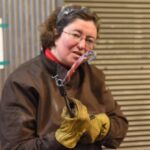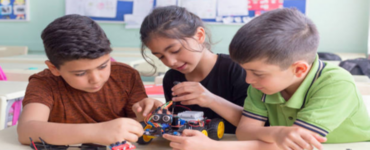Tara Gibbs
There are many resources focused on creating a “guaranteed, viable curriculum.” This table lays out steps to use in co-teaching discussions or formal curriculum making processes in order to be intentional and pre-plan to make curriculum accessible “for all.” It includes three focuses: English language (EL), literacy levels, and special education (SPED).
Keywords: K-12, EL, SPED, accessible learning, accessible assessment, show what you know, access learning, access core instruction
For the last two decades many public schools in Minnesota and around the country have been transformed by Richard DuFour and Robert Marzano’s leadership in developing Professional Learning Communities (PLCs) and in creating “guaranteed, viable curriculum for all.” The elementary school I have taught at for the last ten years undertook such an endeavor, as had the junior high in our district where I taught the nine years prior to that. However, in both cases systematic work stopped while we were still working on a “guaranteed, viable curriculum.” Our teams never tackled “for all” as part of our school’s intentional planning. Individual players and pockets tried to do some of this work, but the corpus of materials my school saved to support ongoing standards-based learning does not include artifacts to intentionally support differentiation. This year, the phrase “for all” was notably removed from all publications and discussions, including our district data dig. Only the words “guaranteed, viable curriculum” remained. As I wondered why there was a lack of will behind intentional planning for differentiation, I learned that people supporting collaboration time with dollars were expressing frustration at a lack of tangible benefits, and I began looking at the road maps we were using.
The road maps we had for the work we did on our language arts standards provided a lot of direction for “curriculum” and “guaranteed” and “viable,” but when it came to “for all,” at least at the teacher level where I was, there was nothing—no direction, no template, no steps. All the other parts had come with directions, steps, questions, and templates that our grade level team worked on together. As an English Language (EL) teacher, I started pushing for the pieces of the map we had not seen, and I was met with a lot of blank stares and comments that I would categorize as either “what you are asking for does not exist” to “we are educational leaders with limited and mostly theoretical knowledge of EL or Special Education (SPED) and have no idea what you are talking about.” As I explained what I was looking for, one leader said, “You should write that down and share it with me, because I have never seen anything like that.” While I expected to write it down and have her say, “Oh, here is what you are looking for,” that is not what happened. I was told instead, “You should publish that.” While I find it hard to believe that there isn’t a better resource out there, dozens of people in my district have failed to come up with one to guide our work. This may not be the final product we are looking for, but I think it does provide a place to start a conversation about how we intentionally plan for access to core curriculum learning “for all,” what steps we need to engage in, and what ground our collaborative conversations need to cover. The sections on “Guaranteed, Viable Curriculum” are based on the templates and framing provided by Julie Novak at the Minnesota Department of Education (MDE) to our school leaders, and the examples are work produced by the team I was on. The section on “for all” is based on the conversations and work I did with collaborating teachers and with the SPED team at my school.
Download a PDF of the following table with example links.
Download a PDF of the following table without example links.
Guaranteed Viable Curriculum for All revised table for MinneTESOL with linksAcknowledgement
I would like to thank Angel Bulera, Katrina DeRoche, and Alison Murphy for their contributions and review of the SPED portion of this table, and reframing this section in terms of viewing learning tasks through the student’s disability, as well as their expertise in understanding how to use Individual Educational Plans (IEPs) effectively to guide and plan for instruction. I would also like to thank Kiersten Nicholson and acknowledge the Title III grant funding for collaborative time between SPED, EL, and general education classroom teachers to work through making lessons and curriculum in our school accessible for all. I would also like to thank Julie Novak and the Minnesota Department of Education for the templates they provided to our school to engage in our standards based learning work.
References
WIDA. (2020). WIDA English language development standards framework, 2020 edition: Kindergarten–grade 12. Board of Regents of the University of Wisconsin System.











